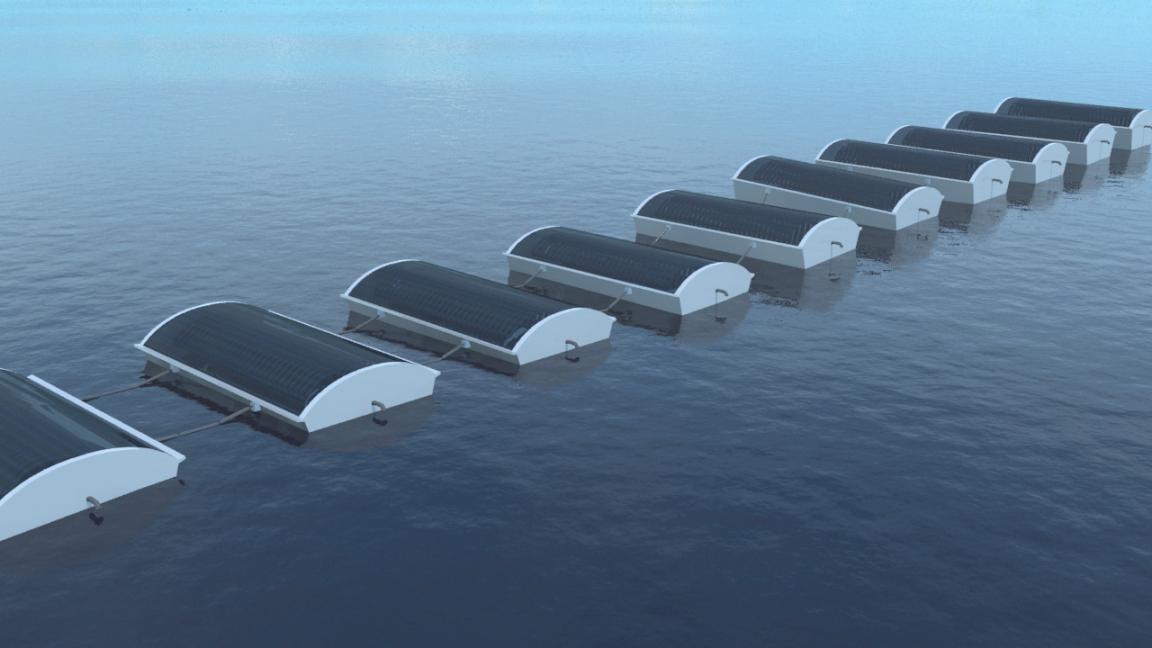A solar powered water desalination pilot project has been initiated in southern Hormozgan Province, Tasnim news agency reported Wednesday.
"Water desalination is the only solution to the water shortage in Hormozgan Province," Hussein Khademi, managing director of National Water & Wastewater Engineering Company (NWWEC), said, referring to the 14 cities in Hormozgan currently affected by the creeping water crisis.
In recent years small desalination plants have been launched by private firms in the coastal regions off the Persian Gulf. However, desalination projects in Iran are overly dependent on fossil fuels to run their machinery and equipment.
"The result of the Hormozgan project and the equipment used therein will be used to commercialize this type of desalination system," Hussein Ataifar the head of Water Research Institute (WRI) said.
Iran is one of the known water-deficit counties and has been hit by severe water shortages for several years. Unsustainable consumption patterns, massive waste in the agro sector and repeated decline in precipitation has made a bad situation worse. Experts and conservationists have repeatedly called for effective measures to curb consumption and raise the cost of water to all consumers.
Desalination is a highly energy-intensive process, often using high volumes of fossil fuels that more recently have become vulnerable to volatile global market prices. In general, the cost of renewable desalination is still higher compared to the cost of conventional desalination based on fossil fuels, as both investment and operation costs of renewable energy are higher.
While desalination is still costly, the declining costs of using renewable energy technology are expected to compress that cost in the coming years. The cost of solar-powered desalination currently averages $1.52-$2.05 per cubic meter of water produced, depending on technology, energy costs and location, according to the World Bank. Conventionally, alternatives typically cost half that or less.
Desalination has become the most important source of drinking water and agriculture in some dry and water deficit regions, especially the Middle East and North Africa (MENA), according the International Renewable Energy Agency (IRENA).
There are two basic methods of achieving desalination using this technique; direct and indirect. So called 'direct' solar distillation methods have a long history, with evidence that they were used by ancient Greek mariners and Persian alchemists.
In recent years, an increasing amount of attention has been paid to 'indirect' solar desalination using modern solar photovoltaic technology alongside methods such as reverse osmosis (RO) and Multiple Effect Distillation (MED), which has the potential to operate at a much larger scale.
Hormozgan has a hot climate, with temperatures sometimes exceeding 49C (120F) in summers. There is very little precipitation year round, which makes the region a suitable area for the utilization of solar energy. More than 90 percent of the regions in the country experience sunshine for over 300 days a year.


